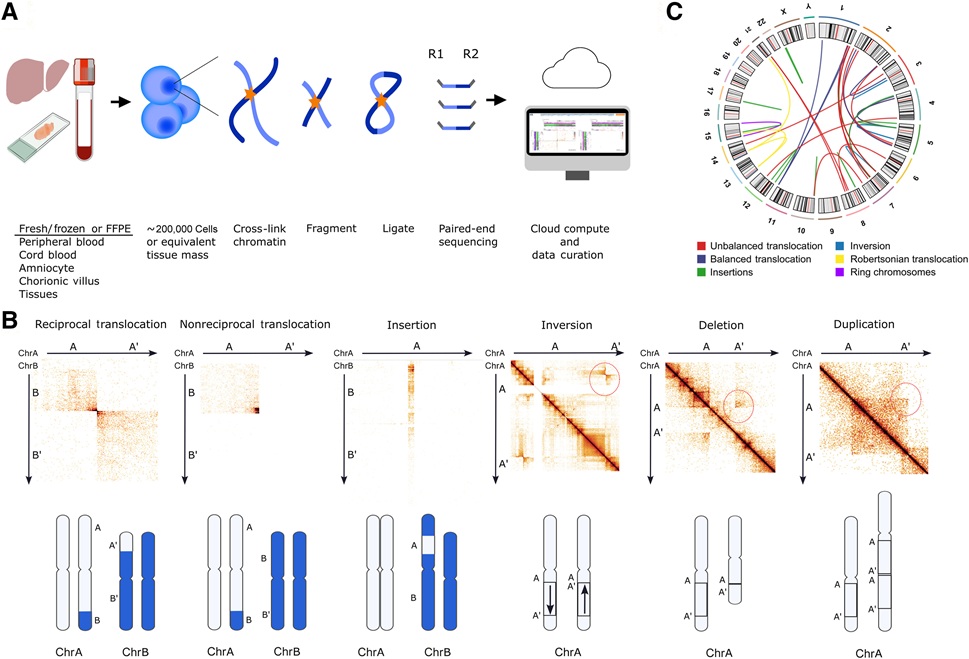Immune Processes Mapped in Intact Tissues
By LabMedica International staff writers
Posted on 26 Nov 2012
Complex immune processes, as for instance in hematopoietic cell transplantation or in antitumor responses, can now be analyzed on a single-cell level in large tissue specimens or even entire organs.Posted on 26 Nov 2012
A novel multicolor light sheet fluorescence microscopy (LSFM) approach has been used for deciphering immune processes in large tissue specimens on a single-cell level in three dimensions.

Image: The Axiovert 200 inverted microscope (Photo courtesy of Carl Zeiss).
Scientists at the Würzburg University Hospital (Germany) combined and optimized antibody penetration, tissue clearing, and triple-color illumination to create a method for analyzing intact mouse and human tissues. An objective inverter (LSM Tech; Etters, PA, USA) on a commercial Axiovert 200 inverted microscope (Zeiss, Oberkochen, Germany) allowed a flexible horizontal positioning of the objective at a greater distance and range than typically possible with an inverted microscope.
The technique allowed the successful quantification of changes in expression patterns of mucosal vascular addressin cell adhesion molecule–1 (MAdCAM-1) and T cell responses in Peyer’s patches following stimulation of the immune system. In addition, the investigators employment of LSFM allowed them to map individual T cell subsets after hematopoietic cell transplantation and detected rare cellular events. The authors recommend reliance on fluorophores in the red or near-infrared color spectrum, as there is a strong autofluorescent background noise when green fluorophores are used for specific labeling, which poses certain limitations.
The scientists concluded that multicolor LSFM is a rigorous tool for effectively pinpointing and quantifying rare cellular events and cell-cell interactions within intact organs of mice and humans. This translates in scientific progress into clinical approaches, which should greatly benefit from the application of this high-resolution technology. The three dimensional multicolor LSFM holds the promise of complementing classical histopathological diagnosis. The study was published on November 12, 2012, in the Journal of Clinical Investigation.
Related Links:
Würzburg University Hospital
LSM Tech
Zeiss














